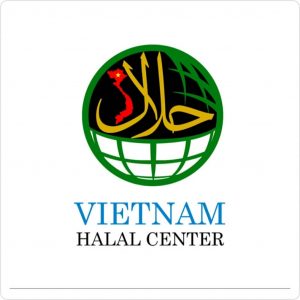Muslim consumers are growing faster than any other segment in size and spending power. The world’s Muslim population will increase 35 percent in the next 20 years, rising to 2.2 billion by 2030.
Despite an immense diversity of cultures, governments, and economies, Islam binds Muslims together in their daily lives, including consumption choices. The global halal market is worth $2.1 trillion today and is growing at an annual rate of $500 billion.
Certifying a product as halal signals that it follows Islamic law for production and delivery. Consumers of halal products view them as wholesome, pure, and ethical. Alcohol, pork, and their derivatives are not permitted in halal products. Animals must be slaughtered following Islamic prescriptions, which are similar (but not identical) to kosher rules. The rules apply to products containing any animal-derived ingredients, including clothing, furniture, and cosmetics. Halal rules encompass even pharmaceuticals, financial products, and tourism.
Muslims often buy kosher products, the closest thing they can find to halal. The US kosher market has grown to about $12.5 billion, yet only 25 percent of kosher consumers are observant Jews. Other consumers simply believe kosher food is healthier. Muslims believe halal food may similarly appeal to a broader consumer base. Yet kosher products outnumber halal ones by a whopping 800 to 1, according to Muxlim, a social network for Muslims (which shut down last month after financial losses).
There is also significant overlap between halal consumers and environmentally conscious consumers. Beauty products comprise $500 million of the $2 trillion global halal market. These products are made using plant extracts and minerals and contain no alcohol or pork ingredients. Halal cosmetics also appeal to a global trend for beauty products that are not tested on animals, nor use animal derivatives, as well as booming demand for products based on natural ingredients.
The US Muslim consumer market represents a niche opportunity comparable to the one a decade ago in the Hispanic market, which has grown to $1.4 trillion. The number of Muslims in the United States is projected to more than double over the next two decades, to 6.2 million by 2030, and the purchasing power of American Muslims is about $12 billion annually. Yet few brands and products are targeting US Muslims.
With controversies such as the “Ground Zero mosque,” NATO Quran-burning, and the Arab Spring constantly in the headlines, brands have been hesitant to speak to Muslim consumers or make them a high priority in their marketing strategies. Brands that have taken steps sometimes experienced backlash, as Best Buy did in November 2009, when it wished Muslim customers “Happy Eid” in an ad. Critics threatened to boycott the chain and said the ad should have wished customers “Merry Christmas.” But Best Buy stood by its ad and won the support of Muslim consumers. Sales increased by 13 percent from a year earlier. Since then, Best Buy has included holiday wishes for other faiths in its ads.
More recently, the health food supermarket chain Whole Foods faced criticism, mostly from anti-Muslim bloggers, for a blog-based campaign to promote Saffron Road halal foods during Ramadan. After some initial ambiguity, Whole Foods held firm. As a result, sales increased 300 percent, and Whole Foods acquired a new and loyal segment of customers.
The lesson is that courage pays off. Muslims will show loyalty to brands that support them in the public space. They want brands to reach out to them and show them the same respect as other faiths (pdf). And because Muslim communities all over the world tend to emphasize and trust in relationships, word of mouth and peer influence are extremely important. If brands can see every interaction with the Muslim consumer as an interaction with the Muslim community as a whole, addressing Muslims can pay off in a big way.



